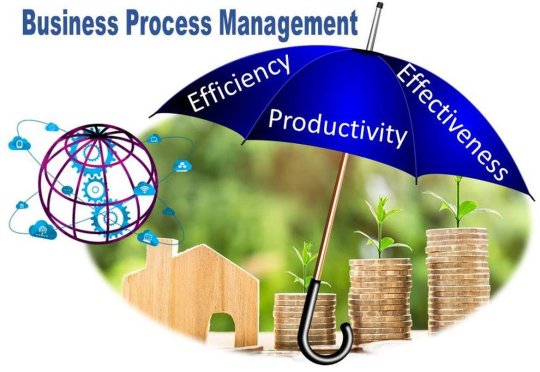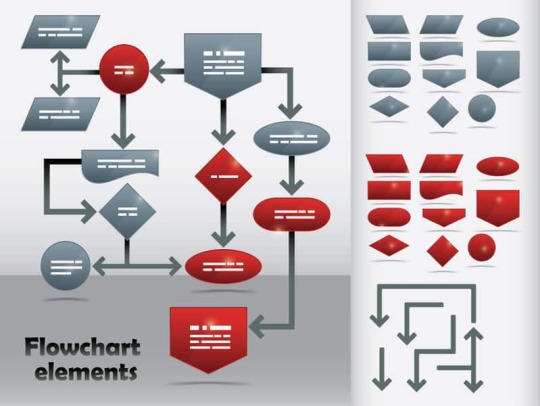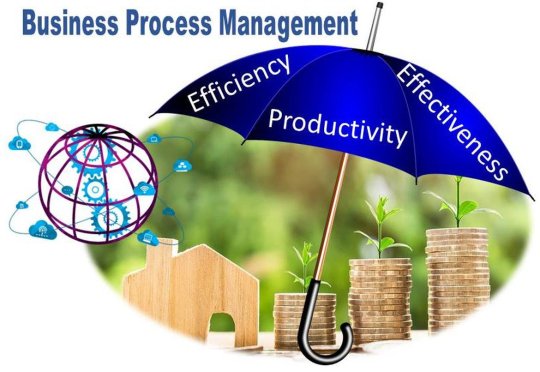Don't wanna be here? Send us removal request.
Text
What is Included in Business Process Documentation?
What is included in business process documentation?
Documenting business processes is a crucial function of Business Process Management (BPM). It outlines the processes and workflows that a company uses to carry out its tasks and operations. It also ensures that the processes are transparent and standardized, thus eliminating confusion and misunderstanding.

What are the benefits of business process documentation?
One of the key advantages of process documentation is that it allows organizations to assess their procedures and identify potential gaps. This way, they can identify ways to improve their processes and ensure that the company runs smoothly.
Benefits of Process Documentation:
Aside from evaluating the efficiency of a business process, it also allows executives to determine which steps are necessary to reach a desired outcome. They can also use the document as a reference guide for future processes.
The most common types of business processes that a company can document include the following:
Process Maps
A process map is a visual representation of a procedure and its steps. This diagram helps managers understand how the different steps of a procedure are connected. It also helps managers visualize the overlaps between multiple processes.
Key Performance Indicators
A KPI is a set of metrics that managers can use to measure the efficiency of a process. They can also compare the performance of a process to other processes and evaluate its strengths and weaknesses.
It’s important to remember that there are many factors that go into creating a process. However, a few key points are essential for a business to implement a successful process:
youtube
Also Read : business to implement a successful process
SITES WE SUPPORT
Business Process API - Blogger
SOCIAL LINKS
Facebook Twitter LinkedIn Instagram YouTube
0 notes
Text
Business Process Management for Insurance Companies
Insurance companies generate revenue from assuming risk and charging premiums in exchange for that coverage. This model is the essential core of their business. It can be applied to various types of businesses, from health insurance companies and property insurers to financial guarantors.
Insurers are faced with many challenges, such as changing regulatory norms and market drivers. Consequently, the industry is looking for ways to improve operational efficiency and minimize costs.

Business Process Outsourcing for Insurance Industries
Outsourcing is a cost-effective solution that can help companies in the insurance sector achieve their operational goals, and also improve their customer experience. By allowing insurance companies to outsource processes such as bookkeeping and accounting data maintenance, investment reconciliations, financial statement preparation, payment processing, invoice preparation, audit pack compilation, data capturing, and loss run maintenance, third-party providers can increase operational efficiency, save time, and reduce costs.
Product Development for Insurers
The insurance industry is a complex ecosystem that requires a diverse range of products and services. These range from actuarial innovation to distribution platforms, and new-business and underwriting capabilities.
These capabilities must be integrated to deliver innovative value propositions that offer a differentiated experience to both customers and agents. By using a BPM platform, carriers can streamline their product-development process and enable new-business capabilities that appeal to both customers and agents (Exhibit 2).
With the use of business process management software, insurance companies can reduce operational costs by minimizing manual work, improving efficiency, reducing errors, and increasing productivity. Additionally, BPM can provide a competitive advantage as it helps companies to automate tasks that are repetitive and thereby increase their profit margins.
youtube
Also Read : ways to improve operational efficiency
SITES WE SUPPORT
Business Process API - Blogger
SOCIAL LINKS
Facebook Twitter LinkedIn Instagram YouTube
0 notes
Text
The Benefits of Business Process Integration
Business process integration (BPI) is the management of multiple processes to improve efficiency, reduce costs, and increase customer satisfaction. It requires a comprehensive understanding of your organization’s systems and data flows, as well as a commitment to continuous improvement.

The benefits of BPI are clear: It improves communication, eliminates duplicate data, and simplifies manual consolidation. This leads to increased productivity, improved accuracy, and better customer experiences.
There are many different ways to automate business processes, from using chatbots to field initial customer service requests to implementing a BPA system that tracks and records all materials and action steps in a project. Regardless of the exact process you want to automate, it’s important to loop in all relevant stakeholders during the design phase to ensure that you find a solution that will work for your business.
Identify KPIs
In order to understand the potential of BPA, you need to determine which business processes are ripe for automation and how much time they could save. A good place to start is with a recurring process that needs to be done repeatedly.
Purchase order request processing is a great example. It’s a recurring process that involves filling out a form, submitting it to purchasing, and getting approved or denied based on a set of criteria.
A business process automation system can automatically approve these forms, saving you a lot of labor hours and cutting down on costs. It can also track all communication and record it for future use.
youtube
Also Read : The benefits of BPI
SITES WE SUPPORT
Business Process API - Blogger
SOCIAL LINKS
Facebook Twitter LinkedIn Instagram YouTube
0 notes
Text
Business Process Documentation Tools
Business process documentation tools make it easy to document repeatable processes in a standardized manner. Whether you’re a small business with a single employee or a large corporation with a team of hundreds, it’s critical to create consistent, streamlined workflows that help your company run at maximum capacity.
The best process documentation tools provide a visual guide to your processes and easy mapping systems that enable teams to work together more efficiently. This is the only way you can ensure that your processes are efficient and effective.
How to Choose the Right Tool
Before you pick a documentation tool for your business, it’s important to ask some questions that will guide you towards making a decision that fits your needs and objectives. A good documentation tool should allow you to document your business processes in the form of policies, checklists, forms, tutorials, screenshots, links to other applications, and process maps.
Versatility - A great documentation tool should also offer the ability to add graphs, charts, and diagrams. For example, flowcharts are an excellent way to show how a business process works.
Accessibility - The best process documentation tools give everyone in your organization access to the same process document. This is essential as it allows team members to share knowledge and comments.
Accountability - The best process documentation tools cultivate a sense of accountability within your team. They give team members a clear understanding of what the final outcome of their work is and who to reach out to when there is an issue.
youtube
Also Read : great documentation tool
SITES WE SUPPORT
Business Process API - Blogger
SOCIAL LINKS
Facebook Twitter LinkedIn Instagram YouTube
0 notes
Text
Business Process Management Companies
Business process management companies design, implement, and monitor the processes within an organization that support the goals of a company. This includes the management of a company’s internal operations and external interactions with customers, suppliers and partners.

BPM is a process improvement method that uses data analysis, modeling and automation to improve the performance of interdependent business processes. It is also used to drive business transformation and enhance organizational efficiency.
Some of the best BPM solutions for businesses are designed to improve productivity, optimize workflows and reduce costs while enhancing customer satisfaction and employee retention. They are also able to integrate and streamline all aspects of an organization’s technology systems.
Examples of BPM solutions that can help streamline processes include human resources (HR), contract lifecycle management, document-centric HR, and more. These solutions can remove reliance on paper forms and eliminate manual tasks, saving time and money.
In addition, some of these BPM solutions can help reduce manufacturing defects and CAPA compliance issues. These solutions can provide real-time reports, automated quality control and defect tracking, alerts to errors, and other features that can improve operational efficiencies.
Some of the top BPM companies include iGrafx, Nintex Workflow Cloud, Camunda, and Pega. iGrafx offers a scalable and flexible end-to-end BPM solution for connecting strategy to execution. It enables organizations to execute their strategic vision, operationalize governance, risk and compliance, and deliver holistic quality management. Its solution suite is built on a cloud-based platform with advanced workflow, document generation, data collection and dissemination forms, and integration with cognitive services.
youtube
Also Read : company’s internal operations
SITES WE SUPPORT
Business Process API - Blogger
SOCIAL LINKS
Facebook Twitter LinkedIn Instagram YouTube
1 note
·
View note